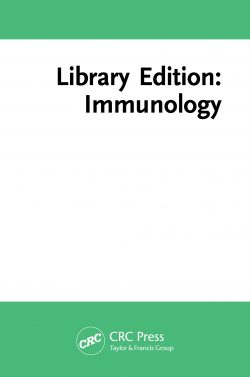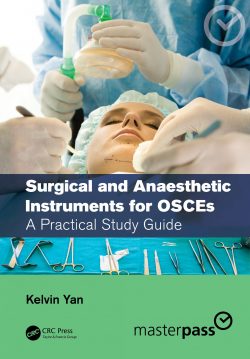Computed Tomography of the Lung: A Pattern Approach aims to enable the reader to recognize and understand the CT signs of lung diseases and diseases with pulmonary involvement as a sound basis for diagnosis. After an introductory chapter, basic anatomy and its relevance to the interpretation of CT appearances is discussed. Advice is then provided on how to approach a CT scan of the lungs, and the different distribution and appearance patterns of disease are described. Subsequent chapters focus on the nature of these patterns, identify which diseases give rise to them, and explain how to differentiate between the diseases. The concluding chapter presents a large number of typical and less typical cases that will help the reader to practice application of the knowledge gained from the earlier chapters. Since the first edition, the book has been adapted and updated, with the inclusion of many new figures and case studies.
This book will enable readers to recognize and understand the CT signs of lung diseases and diseases with pulmonary involvement. It explains how different diseases present on CT and the reasons for these presentations. Includes many diagnostic algorithms.
Introduction.- Basic Anatomy and CT of the Normal Lung.- How to Approach a CT of the Lung.- Increased Lung Attenuation.- Decreased Lung Attenuation.- Nodular Pattern.- Linear Pattern.- Case Study.
“The book gives a reader, without much experience in chest CT, an opportunity to ‘start from scratch’ enabling them to become reasonably proficient in chest CT interpretation for diffuse lung disease. We would recommend this book for radiologists in training, those seeking further understanding of CT appearances in chest radiology and also as a text within the personal collection of any general and chest radiology consultant.” (RAD Magazine, October, 2018)
Computed Tomography of the Lung: A Pattern Approach aims to enable the reader to recognize and understand the CT signs of lung diseases and diseases with pulmonary involvement as a sound basis for diagnosis. After an introductory chapter, basic anatomy and its relevance to the interpretation of CT appearances is discussed. Advice is then provided on how to approach a CT scan of the lungs, and the different distribution and appearance patterns of disease are described. Subsequent chapters focus on the nature of these patterns, identify which diseases give rise to them, and explain how to differentiate between the diseases. The concluding chapter presents a large number of typical and less typical cases that will help the reader to practice application of the knowledge gained from the earlier chapters. Since the first edition, the book has been adapted and updated, with the inclusion of many new figures and case studies. It will be an invaluable asset both for radiologists and
pulmonologists in training and for more experienced specialists wishing to update their knowledge.
Concise, didactic approach
Teaches a reliable method for interpretation of CT of the lungs
Explains how different diseases present on CT and the reasons for these presentations
Includes many diagnostic algorithms
Updated since the first edition, with many new figures and case studies
Concise, didactic approach
Teaches a reliable method for interpretation of CT of the lungs
Explains how different diseases present on CT and the reasons for these presentations
Includes many diagnostic algorithms
Updated since the first edition, with many new figures and case studies





